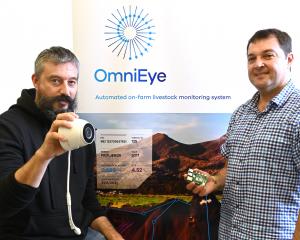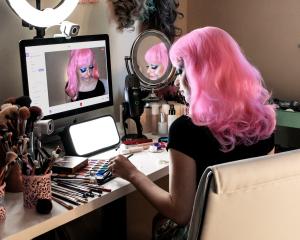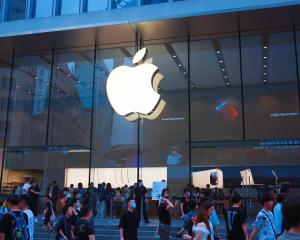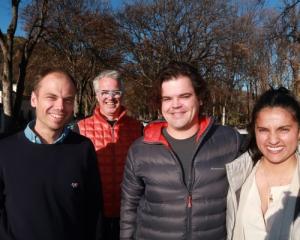Imagine ultra-high definition TVs not much thicker than a millimetre, electronic books made with plastic screens that flex like a magazine and displays that let you touch a virtual version of yourself on the other side of the glass.
The technology to build these crazy new gadgets was shown in Seattle last week during Display Week, the Society for Information Display conference.
A combination science fair and industry bazaar, the event attracted almost 6000 people from most of the companies developing TVs, monitors, touch screens, electronic books and cellphone screens.
Inventors and component manufacturers displayed their latest creations to consumer-electronics companies, looking for technology and materials to build the next iPad or wafer-thin 3-D TV.
In other words, all the schmoozing at the Washington State Convention Centre will lead to shiny toys you'll be pining for in 2011 and 2012.
It's a heady time for displays, which are moving way beyond glass panels that simply display information.
"A display is no longer an output device - it's now also an input device," said Stevie Bathiche, research director in Microsoft's Entertainment and Devices division's applied-sciences group.
Mr Bathiche, one of the conference keynote speakers, has spent years developing displays that function as "membranes" between the real and the virtual worlds.
They include Microsoft's Surface computer, which turns the display into a tabletop that uses optics, vision systems and software to "see" people using the system and understand their gestures.
During his speech, Mr Bathiche demonstrated prototypes from his lab, including the "Magic Window".
"It will feel like you have put a window on the wall or office and it's a window into someone else's home or office," he said.
"It will be as if the person's in the next room."
The ultimate goal with interactive displays is to use "digital magic to bring people together," he said, "so we probe the gap between people who are not near each other and make them feel near each other."
Other innovations at the show are intended to take people away from reality, including technologies for building thinner and brighter TVs and 3-D movies and sports events.
DuPont showed its prototype OLED (organic light-emitting diode) panels made with a new technology that could lead to affordable TVs made from the ultrathin, ultrabright and energy-efficient material.
"We think now we've got the technology where we can make OLED a widespread competitor for LCD," said Bill Feehery, global business director at DuPont Electronics.
The company expects its "third generation" OLED technology will appear in mass-market TVs and help bring prices down, starting in 2012.
- The Seattle Times












